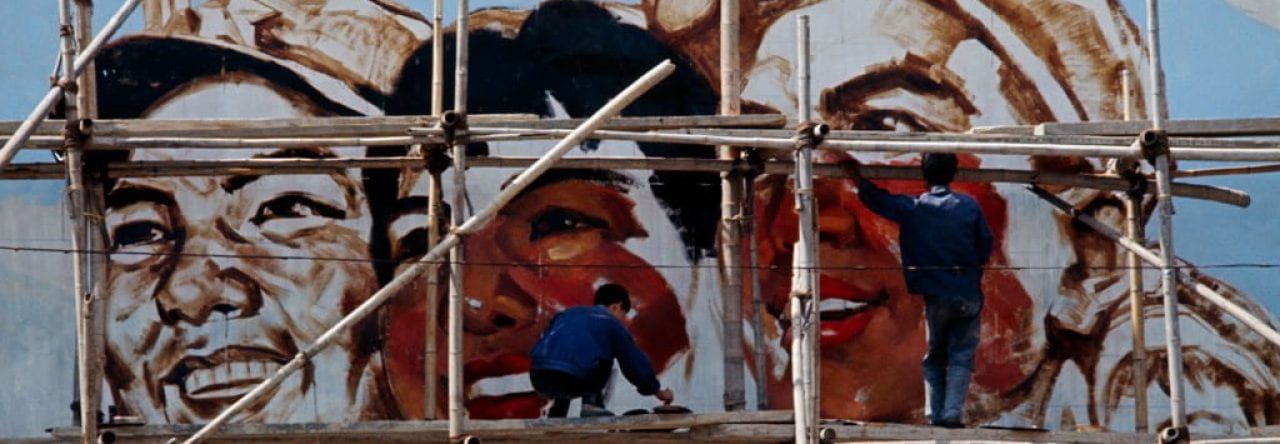
Ai Weiwei “Sunflower Seeds”
Porcelain, ink
2010
“Sunflower Seeds” by Ai Weiwei consists of 100 million handmade, individually painted porcelain sunflower seeds. When piled up, these handcrafted sunflower seeds look like a mound of unrecognizable shapes. Once examined up close, the sunflower seeds can be recognized. This installation was first displayed at the Turbine Hall at the Tate Modern in London.
The idea for this artwork came from what Ai Weiwei witnessed as a child in China during Mao’s rule. When Ai’s community would gather together following Mao’s order, everyone would eat sunflower seeds because they were so nervous. Ai Weiwei’s father was a counter-revolutionary and would be called on stage at these meetings and have to endure insults. The sunflower seeds were eaten in order to calm him down and gave everyone an outlet to soothe their nerves.
The production of the sunflower seeds took place in a city famous for its porcelain, Jingdezhen. The pieces of stone are first broken down with iron hammers and then pulverized into a powder. The powder is mixed with water until it is fully skimmed, leaving a thick paste behind. Before the mixture becomes too hard, it is divided into small bricks and then sent to porcelain factories in order to refine the powder even more. The porcelain is mixed with clay and then hand-pressed into sunflower-shaped molds. The seeds are then painted with black ink. Ai Weiwei makes a comment about the importance of having many different painters: “Each one is different, you show it through your own control of the brush and your breath and your own body gestures. You pick a seed up and you put on ink, more ink or less ink, lightly or thickly painted. Then you turn it over and place it down. It’s such a beautiful act” (Ai 2014:104). The differences between each sunflower seed is what Ai embraced.
This installation involved thousands of individuals who worked together in order to produce something bigger. The importance of this piece is that the little seeds create a form bigger than itself. Ai Weiwei wanted the viewers to question everything about this piece. He wanted people to wonder and look closer to figure out the meaning and process behind this work.
Works Cited
Weiwei, Ai, and Anthony Pins. Spatial Matters: Art Architecture and Activism. Cambridge, MA: The MIT Press , 2014.
Image
https://www.tate.org.uk/whats-on/tate-modern/unilever-series/unilever-series-ai-weiwei-sunflower-seeds


Victoria Davison
The entire concept for this work is so interesting, and the process of creating these is so interesting and amazing to me. I also think the background information for this piece is so interesting and gives a psychological background to the work and history of its origins. I like that it reflects the artist as a person, but also the Chinese culture as a whole.